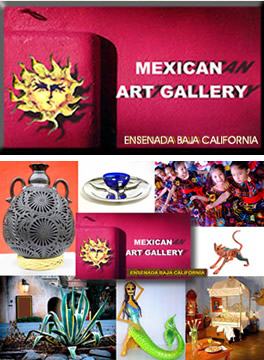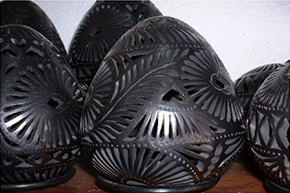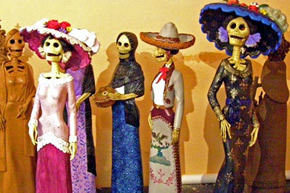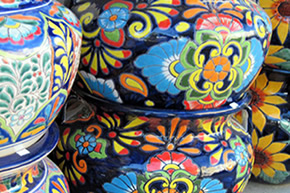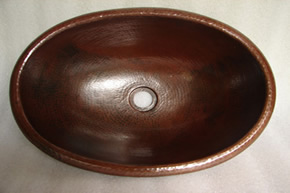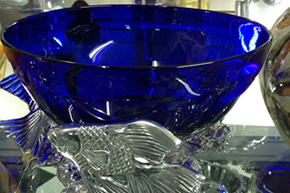Ceramics of Mata Ortiz
The history of Mata Ortiz, both the village and the pottery, can be traced through the archeological remains of nearby Paquimé, a pre-Columbian city state. From its modest beginnings around 700ADE, Paquimé grew into the center of political and commercial life of the Rio Grande River Valley. By its peak in the 14th century, Paquimé boasted running water, irrigation, and sewer systems. It earned the nickname Casas Grandes (large houses) for its fine buildings. Like so many vanished civilizations, the former inhabitants can be known only through the remnants of their art and architecture. Perhaps more than any archeologist, a young local boy, Juan Quezada, revived the spirit of the lost people of Paquimé. And, in turn, those long gone artists revived the floundering village of Mata Ortiz.
As a child in the 1950's, Juan left school in order to help support his family by gathering firewood in the hills beyond his village of Mata Ortiz. On these trips he began collecting the shards of elaborately decorated pottery he found scattered on the mounds that were once the outlaying community of the city of Paquimé.
The remarkable thing about Juan Quezada is that he saw the same clay shards that people in the area had seen for centuries, but he was
compelled to understand how they came into being from the dust under his feet.
Over many years of trial and error Juan taught himself to create clay with the proper smooth texture, to fire the pots individually at low temperatures, and to grind pigments from native minerals. Along with the technical aspects, Juan developed his artistic eye which can be seen in the curvature of his pots and the precision of his painted designs.
This blend of science and art is still very much alive in Juan’s work and in the work of all serious artists in Mata Ortiz. In 1976, Juan, like most other men in Mata Ortiz, was working for the railroad. In his spare time he continued to develop his art. He was earning enough by selling the pots to small border shops that he began teaching his family his techniques. Then fate stepped in. Anthropologist and art historian Spencer MacCallum stumbled on several small vessels in a swap shop in New Mexico. He was immediately mesmerized by the maze - like designs and assumed they were examples of prehistoric pottery. Upon realizing his mistake Spencer was compelled to find the artist who created them.
When Spencer learned about Juan’s lifetime of discovering and perfecting his art, he understood
that he had met someone with a rare genius we tend to associate only with artistic movements that have long since passed. Without the intervention of Spencer MacCallum, Juan’s great talent may never have been discovered.
Spencer offered Juan a stipend that would allow him to focus solely on his art. He also brought the pottery to the attention of other art historians and museums. Since then, Juan and many others in the area have been featured in shows in prestigious American museums. In 1999, Juan was awarded the Premio Nacional de los Artes, Mexico’s highest honor for any living artist. In 1990, he, Andrés Villalba, and Macario Ortiz had their work presented to Pope John Paul II. Indeed, Mata Ortiz pottery is known throughout the world.
It is important to note that the reason this artistic movement has flourished, to the surprise of many, is that the artists do not simply reproduce ancient art, or even become complacent with their own style. From the beginning Spencer and Juan emphasized quality over quantity and innovation over stagnation. Artists stress the need to surpass themselves with each new pot and there is a healthy competition among friends, family and nearby villages to always improve. For collectors and art enthusiasts the results continue to thrill!

